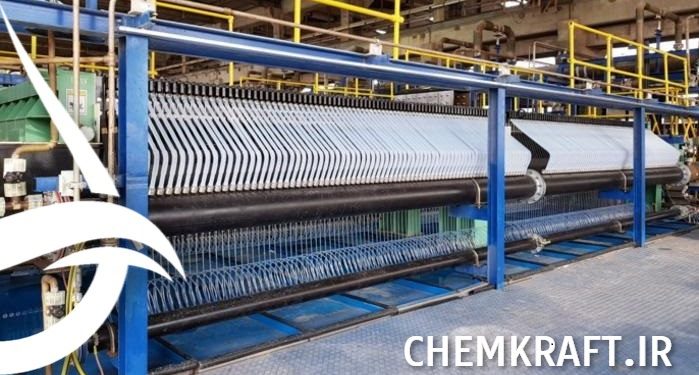Introduction:
Factors Influencing Caustic Soda Pricing: Caustic soda, also known as sodium hydroxide, stands as one of the most essential chemicals in various industries worldwide. Its versatility in applications, ranging from pulp and paper production to water treatment, renders it indispensable. However, the dynamics of caustic soda pricing often present a complex puzzle for economists and industry stakeholders alike. This essay aims to dissect the intricate web of factors that influence caustic soda pricing, shedding light on the mechanisms behind its price fluctuations and addressing the challenges of forecasting its future trends.
Supply and Demand Dynamics:
At the heart of the caustic soda pricing puzzle lies the interplay between supply and demand dynamics. The production of caustic soda involves the electrolysis of salt solutions, primarily using the chlor-alkali process. Therefore, factors affecting the availability and cost of raw materials, such as salt and electricity, significantly impact production costs and, consequently, pricing.
Demand for caustic soda varies across industries, with major consumers including pulp and paper, textiles, chemicals, and aluminum. Economic growth, industrial activities, and regulatory changes influence the demand side. For instance, increased environmental regulations promoting wastewater treatment bolster demand for caustic soda in water treatment applications.
Global Market Trends:
Caustic soda is a globally traded commodity, and market trends on both regional and international levels play a crucial role in determining prices. Supply disruptions, geopolitical tensions, trade policies, and currency fluctuations all contribute to market volatility. For instance, tariffs on imports or exports imposed by governments can disrupt trade flows and alter price dynamics.
Additionally, global economic conditions impact demand for caustic soda. During periods of economic downturn, industries may scale back production, leading to reduced demand and downward pressure on prices. Conversely, economic growth spurs industrial activities and increases demand for caustic soda, driving prices upward.
Production Costs and Technology:
Production costs form another significant determinant of caustic soda pricing. Energy costs, particularly electricity prices, constitute a substantial portion of production expenses due to the energy-intensive nature of electrolysis. Fluctuations in energy markets, regulatory changes affecting energy prices, and shifts in energy generation sources all influence production costs and, consequently, pricing.
Moreover, technological advancements in production processes can impact cost structures and pricing dynamics. Innovations leading to greater efficiency or alternative production methods may reduce production costs, enabling producers to adjust pricing strategies accordingly.
Competitive Landscape:
The competitive landscape within the caustic soda industry also shapes pricing dynamics. The industry’s structure, including the number and size of producers, market concentration, and barriers to entry, affects pricing power and competition intensity. In highly concentrated markets dominated by a few large producers, pricing strategies may be influenced by oligopolistic behavior, with firms closely monitoring each other’s actions.
Moreover, the presence of substitute products, such as caustic potash (potassium hydroxide), influences price elasticity of demand for caustic soda. Pricing strategies must consider the relative prices and properties of substitutes, as well as customers’ willingness to switch between products based on price changes.
Environmental and Regulatory Factors:
Environmental regulations and sustainability concerns increasingly shape the caustic soda industry’s landscape. Regulatory requirements related to emissions, waste disposal, and product safety impose compliance costs on producers, which may be passed on to consumers through pricing adjustments.
Furthermore, sustainability initiatives and consumer preferences for environmentally friendly products drive demand for green alternatives and influence pricing strategies. Producers investing in eco-friendly production processes or offering sustainable product options may command premium prices in the market.
Conclusion:
The puzzle of caustic soda pricing reflects the complex interplay of supply and demand dynamics, global market trends, production costs, competitive forces, and regulatory influences. Understanding these factors is essential for industry stakeholders to navigate price fluctuations, manage risks, and formulate effective pricing strategies. As the caustic soda industry continues to evolve in response to economic, environmental, and technological changes, unraveling the price puzzle remains a perpetual challenge, requiring continuous analysis and adaptation to market conditions.


















